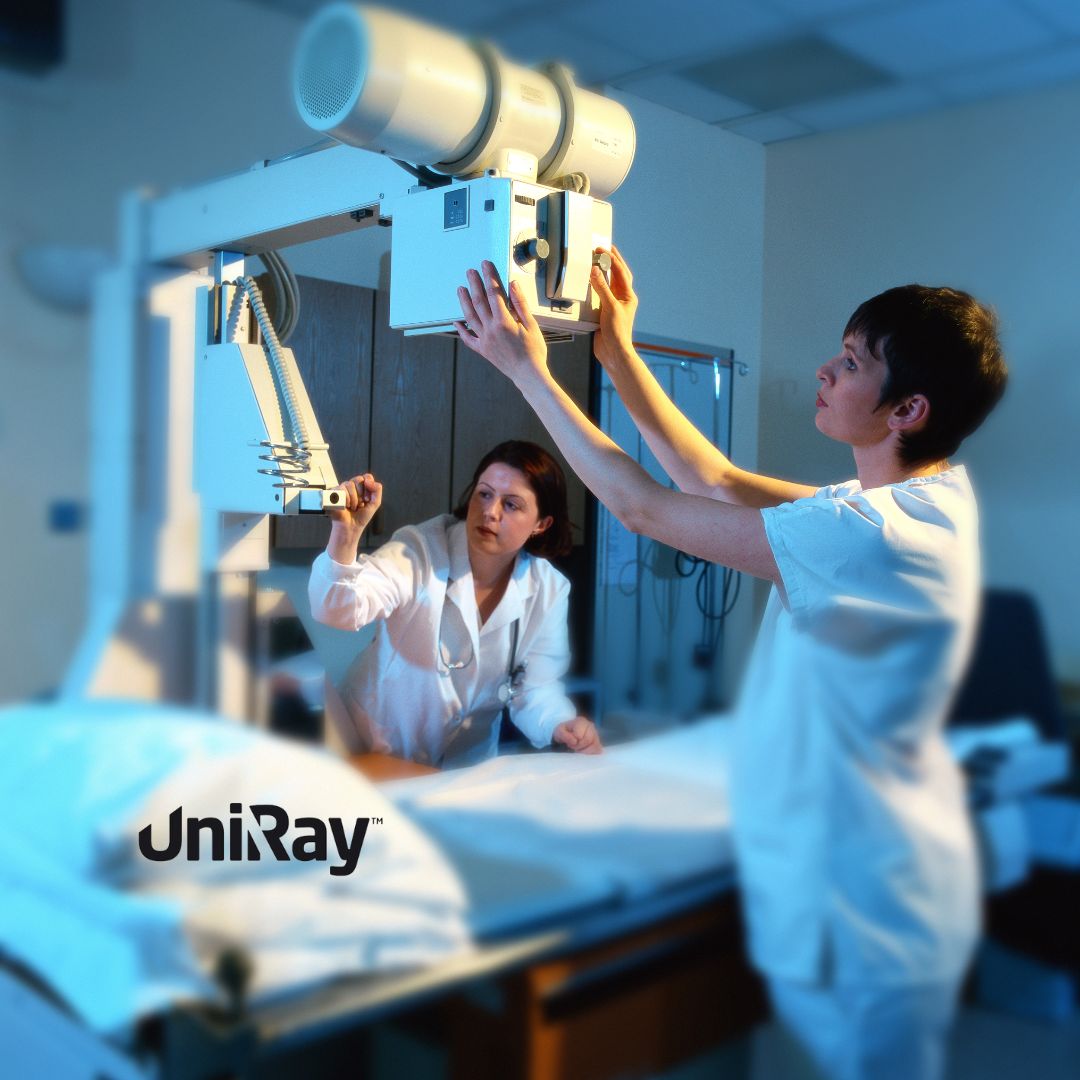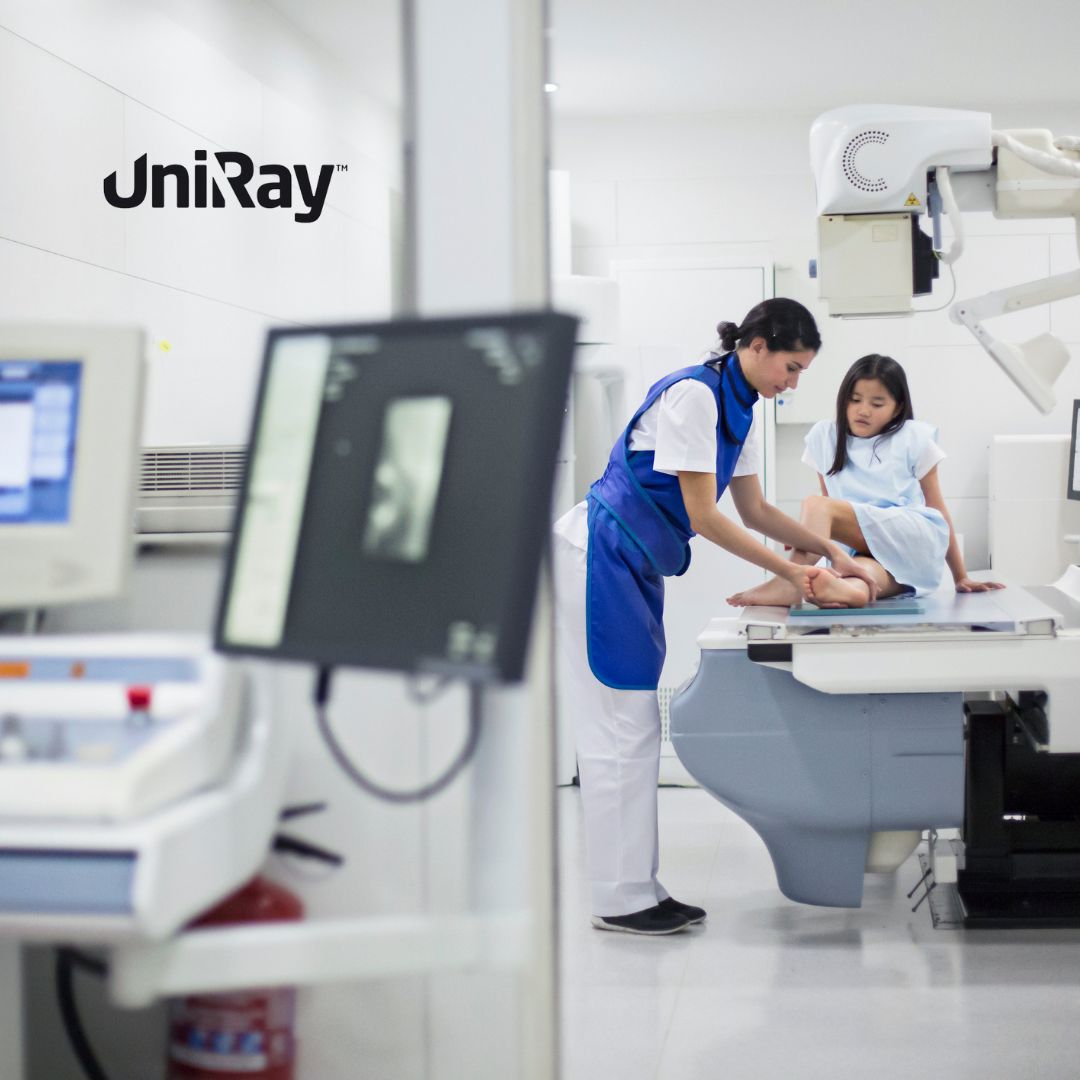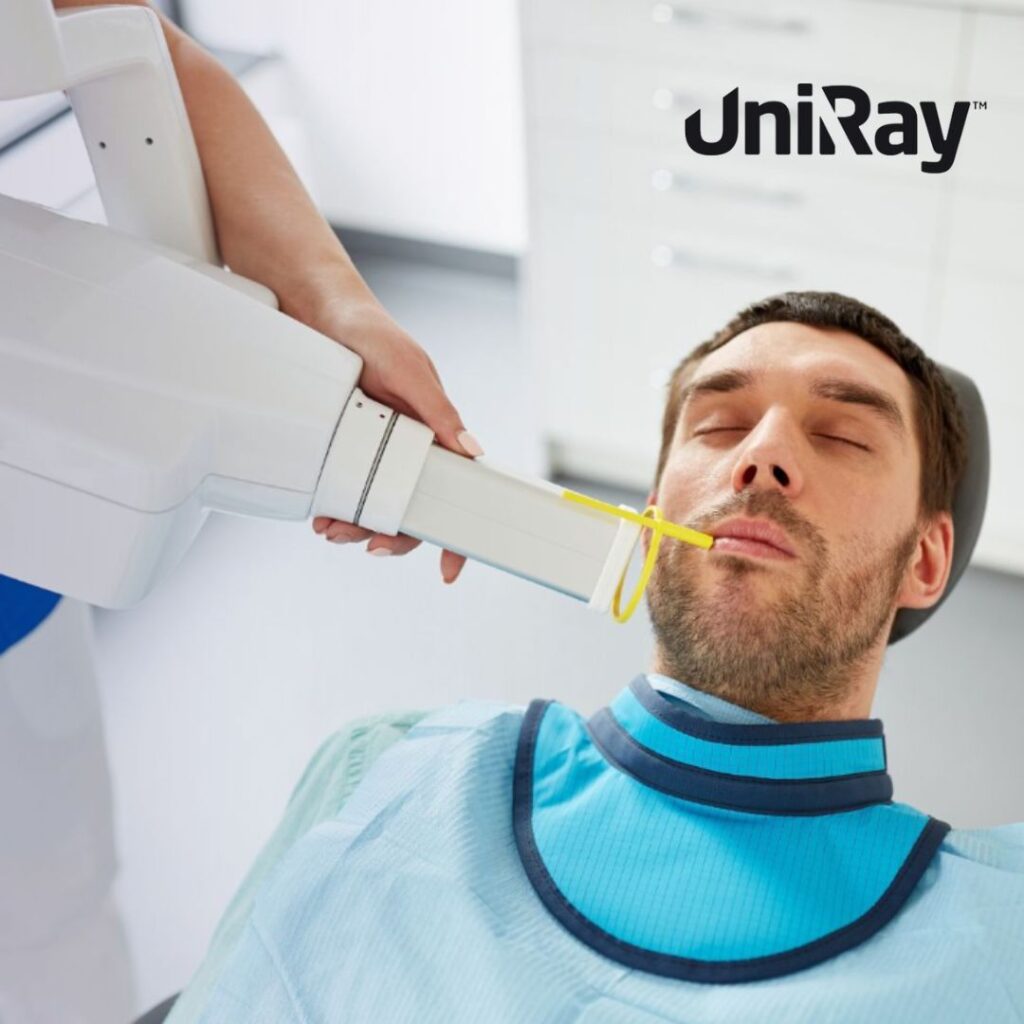Comprehensive Guide to Selecting the Right X-ray Apron
X-ray aprons play a critical role in radiation protection for healthcare professionals, patients, and others exposed to diagnostic imaging. Choosing the right apron is crucial for safety, comfort, durability, and functionality. In this comprehensive guide, we will explore the important factors to consider when selecting an X-ray apron, how to buy apron solutions for various medical environments, and best practices to ensure optimal protection and performance.

An X-ray apron is a protective garment worn during medical procedures involving exposure to ionizing radiation, such as X-rays and fluoroscopy. These aprons typically contain lead or other radiation-attenuating materials to shield the body from harmful radiation. While lead has been the most common material, newer aprons are often made from lead-free or composite materials that offer similar protection but with less weight, providing more comfort for the wearer.
Radiation protection is essential because ionizing radiation can damage living tissues, leading to an increased risk of cancer and other health problems. Healthcare professionals such as radiologists, technicians, dentists, and patients are at risk of radiation exposure if proper protective measures are not in place. Choosing the right X-ray apron is one of the most important steps in reducing this risk.

Key Factors to Consider When Selecting an X-ray Apron:
1. Protection Level (Lead vs. Lead-Free Materials):
When comparing Lead Apron vs Lead-Free Apron, the key differences lie in material and comfort. Traditional lead aprons have long been the standard for radiation protection due to their reliable shielding properties, but they can be heavy and uncomfortable for prolonged use. In contrast, lead-free aprons, made from materials like bismuth or antimony, offer similar protection with greater flexibility and lighter weight. While both options provide essential radiation safety, lead-free aprons are more user-friendly, especially during extended procedures, making them a modern alternative to lead aprons. Protection levels can vary, with common thicknesses including:
- 0.25mm lead equivalent: Ideal for shorter procedures where mobility is key.
- 0.35mm lead equivalent: Provides a good balance between weight and protection, suitable for most routine imaging tasks.
- 0.50mm lead equivalent: Recommended for high-exposure procedures requiring the highest protection level. When buying an apron, verify that it meets or exceeds regulatory guidelines for radiation safety.
2. Comfort and Fit:
Comfort is essential, especially for professionals who wear X-ray aprons for long periods. An ill-fitting apron can cause discomfort, back strain, and fatigue. Consider the apron’s weight, design, and ergonomic features. Lightweight aprons are less burdensome but may offer less protection. Ensure the design distributes the weight evenly across the shoulders and back. Some aprons also come with shoulder pads or belts to relieve pressure. It’s also important to select the correct size, ensuring that the apron covers critical areas such as the chest, abdomen, and thyroid without restricting movement.
3. Durability and Material Quality:
Durability ensures long-term protection, especially in high-use environments. Frequent use and improper storage can lead to wear and tear, reducing the apron’s ability to block radiation. High-quality materials like double-stitched seams and reinforced edges increase durability and reduce the likelihood of tears. Proper cleaning and maintenance also play a significant role in extending the apron’s lifespan, with some aprons being machine-washable and others requiring special cleaning agents.
Key considerations for durability include:
| Factor | Details |
| Material | Lead-based aprons are durable but heavy. Lead-free materials like bismuth or antimony are flexible and lightweight but may require more care to maintain. |
| Seam Strength | Double-stitched seams and reinforced edges provide better durability and are less likely to tear over time. |
| Cleaning & Maintenance | Some aprons are machine washable, while others need special cleaning agents. Proper cleaning and care can significantly extend the apron’s lifespan. |
4. Style and Design:
Modern X-ray aprons come in a variety of styles to meet different needs. Full wrap-around aprons offer maximum protection, covering both the front and back, and are ideal for high-exposure environments. Front protection aprons cover only the front torso and are more lightweight, suitable for procedures where back protection is not needed. Vest and skirt combos distribute weight more evenly, making them a good option for long-duration procedures. Many aprons now also feature attached or detachable thyroid collars, which protect the thyroid, one of the most radiation-sensitive areas of the body.
5. Regulatory Compliance and Certification:
It’s essential that any X-ray apron you purchase complies with industry standards for radiation protection. In the U.S., for instance, the FDA regulates the design and manufacturing of X-ray aprons to ensure they provide adequate shielding. Always confirm that the lead apron testing meets the required safety certifications in your region and that it has passed tests for radiation attenuation and material safety.
6. Customization Options:
Customization allows you to tailor your apron for specific tasks, body types, and preferences. Many manufacturers offer aprons in a variety of colors and patterns, enabling personalization while maintaining professionalism. Some providers also allow you to add your name, department, or logo to the apron. Additional protective accessories, such as lead gloves, protective glasses, and mobile lead shields, can further enhance radiation protection.
7. Price vs. Value:
While price is an important consideration, it’s crucial to balance cost with value. Higher-quality aprons made from durable materials may cost more upfront but provide longer-lasting protection and reduce replacement costs over time. Consider warranties that cover defects or replacement in case the apron doesn’t meet safety standards. If outfitting an entire team, inquire about bulk discounts or package deals.
Conclusion:
Selecting the right X-ray apron is about ensuring safety, comfort, and durability in the workplace. By considering key factors such as protection levels, material quality, and design, you can make an informed decision that meets both regulatory standards and personal preferences. Trying on different styles and consulting with manufacturers can help find the best solution for your needs. Investing in a high-quality apron is an investment in long-term health, safety, and productivity.
The right X-ray apron will not only shield you from radiation but also enhance your workflow by providing comfort and peace of mind.
